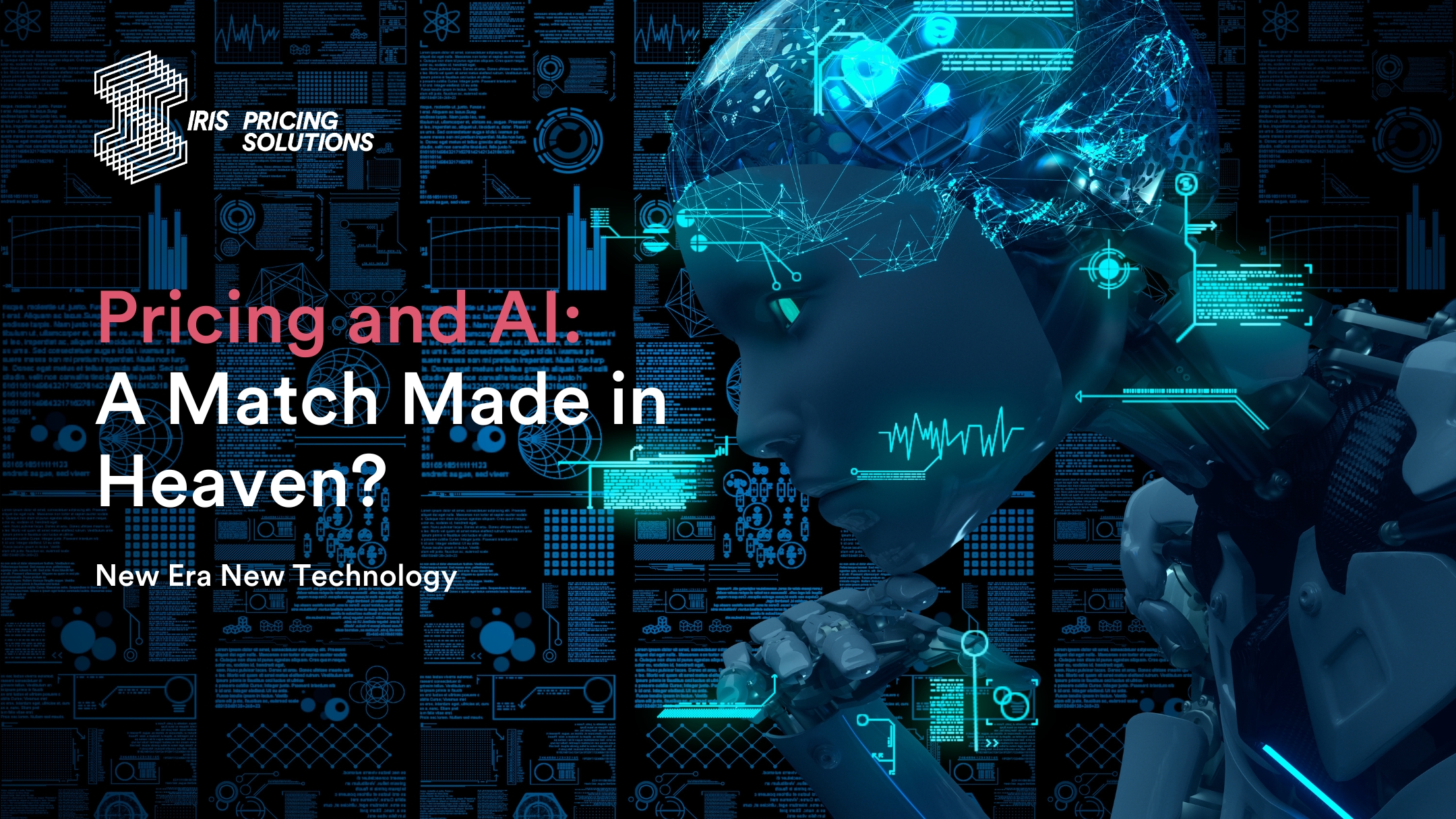By: Benjamin Garden, Director of Pricing Analytics
In today’s hyper-competitive marketplace, businesses are continually seeking new ways to increase revenue and maintain a competitive edge. One approach that has emerged as a promising solution is Price Optimization using AI algorithms. With the ability to analyze vast amounts of data in real time, AI algorithms offer the potential to identify optimal pricing for products or services at any given time. However, as with any new technology, there are potential drawbacks that businesses must be aware of to ensure effective and ethical implementation. In this article, we explore the benefits and drawbacks of Price Optimization using AI algorithms, as well as solutions businesses can implement to navigate the challenges and maximize the benefits.
What is Price Optimization using AI?
AI-powered pricing refers to the use of artificial intelligence algorithms to analyze large amounts of data and make pricing decisions based on that analysis. This type of pricing uses data-driven insights and predictive analytics to determine the most optimal price for products or services. The goal of AI-powered pricing is to maximize revenue and profitability while also considering factors such as customer behavior, market trends, and competition.
3 Ways Businesses Can Leverage AI to Drive Sales and Revenue
The use of AI in pricing has revolutionized the way businesses approach pricing strategy. Here are a few ways AI is making a difference:
Dynamic Pricing using AI-powered predictive analytics involves adjusting prices in real time based on market demand, inventory levels, and other factors. AI algorithms can analyze real-time data to forecast demand, identify pricing trends, and adjust prices in real time. This approach ensures that brands are always up-to-date with market changes and can quickly adjust prices to optimize revenue. By using dynamic pricing, brands can offer discounts during slow periods or increase prices when demand is high, maximizing their profits.
- B2C Example: Ride-sharing app uses AI-powered predictive analytics to adjust prices based on real-time market demand and traffic conditions for fair pricing.
- B2B Example: Manufacturing company uses AI-powered predictive analytics to adjust prices in real time based on supply chain disruptions and market demand for competitive pricing.
Price Optimization involves the utilization of algorithms that analyze real-time market data, competitor pricing, and customer behavior to identify the best pricing strategy. With the help of AI algorithms, businesses can process large volumes of data to determine the most suitable price point for their products or services at any given moment.
- B2C Example: Retail brands can use AI algorithms to optimize prices for popular items based on real-time market data and competitor pricing.
- B2B Example: Software companies can use AI algorithms to optimize pricing for their products based on real-time market data and customer behavior, ensuring that they are offering the most cost-effective pricing.
Personalized Pricing involves offering individualized pricing to each customer based on their preferences, spending habits, and purchasing power. AI-based analytics can help brands analyze customer data such as purchase history, demographics, and online behavior to create a personalized pricing strategy for each customer. This approach can increase customer loyalty and boost sales by offering pricing that matches each customer’s unique needs and willingness to pay. By leveraging AI-based analytics, brands can build stronger relationships with customers and improve customer satisfaction.
- B2C Example: An E-commerce brand can use AI-based analytics to analyze customer data and offer personalized pricing based on individual customers’ preferences and spending habits. They can use AI to analyze a customer’s browsing history and offer personalized discounts on products that they have previously shown interest in.
- B2B Example: A logistics company can use AI-based analytics to analyze customer data and offer personalized pricing based on individual customers’ shipping needs. They can use AI to analyze a customer’s shipping history and offer personalized pricing based on their unique shipping requirements.
Are there any drawbacks to Pricing and AI?
The short answer is, yes. While Price Optimization using AI algorithms can be highly effective, there are also some potential drawbacks that businesses should be aware of. Some of the most common include:
- Bias in Data: AI algorithms rely on the data they are trained on to make predictions. If the data used to train the algorithm is biased, the pricing decisions made by the algorithm may also be biased. To prevent the occurrence of errors in the optimization process, it is crucial to accumulate substantial amounts of data spanning over a prolonged period, including numerous transactions. It is worth emphasizing that this factor is fundamental to achieving successful outcomes.
- Lack of Context: AI algorithms may not take into account all relevant factors that influence pricing decisions. For example, an AI algorithm may not take into account local market conditions or the cultural context of a particular region. One solution is to ensure that the algorithms are trained on a broad range of data that includes contextual information. For example, if a business is using dynamic pricing, it can include factors such as weather conditions, customer location, and buying behavior to provide additional context for the AI algorithm. This can help to ensure that the pricing decisions are more accurate and aligned with the business strategy.
- Reduced Human Involvement: While AI algorithms can analyze vast amounts of data much faster and more accurately than humans, they may lack the human intuition and creativity that is required to make complex pricing decisions. Therefore, human input and decision-making skills are still crucial in ensuring that the pricing strategy aligns with the overall business strategy.
- Resistance to Change: Dynamic pricing strategies and frequent price changes may lead to customer confusion or dissatisfaction. If customers perceive the pricing strategy as unfair or inconsistent, it may harm the business’s reputation and customer loyalty. Businesses can communicate with customers about the pricing strategy, explaining the reasons for changes and highlighting any benefits to the customer. This can help to reduce confusion and prevent negative customer perception.
- Privacy Concerns: The use of AI in pricing may raise privacy concerns, as companies may be collecting and analyzing large amounts of customer data to inform their pricing decisions. To ensure transparency in pricing decisions, businesses can provide clear explanations of how the AI algorithms work and how they arrive at pricing decisions. This can help customers and stakeholders understand the pricing strategy and build trust in the business.
Key Takeaway
It’s important to note that while there are potential drawbacks to using AI in pricing, these can often be mitigated by using the technology responsibly and with proper safeguards in place. By implementing these solutions, businesses can maximize the benefits while minimizing the potential drawbacks.





